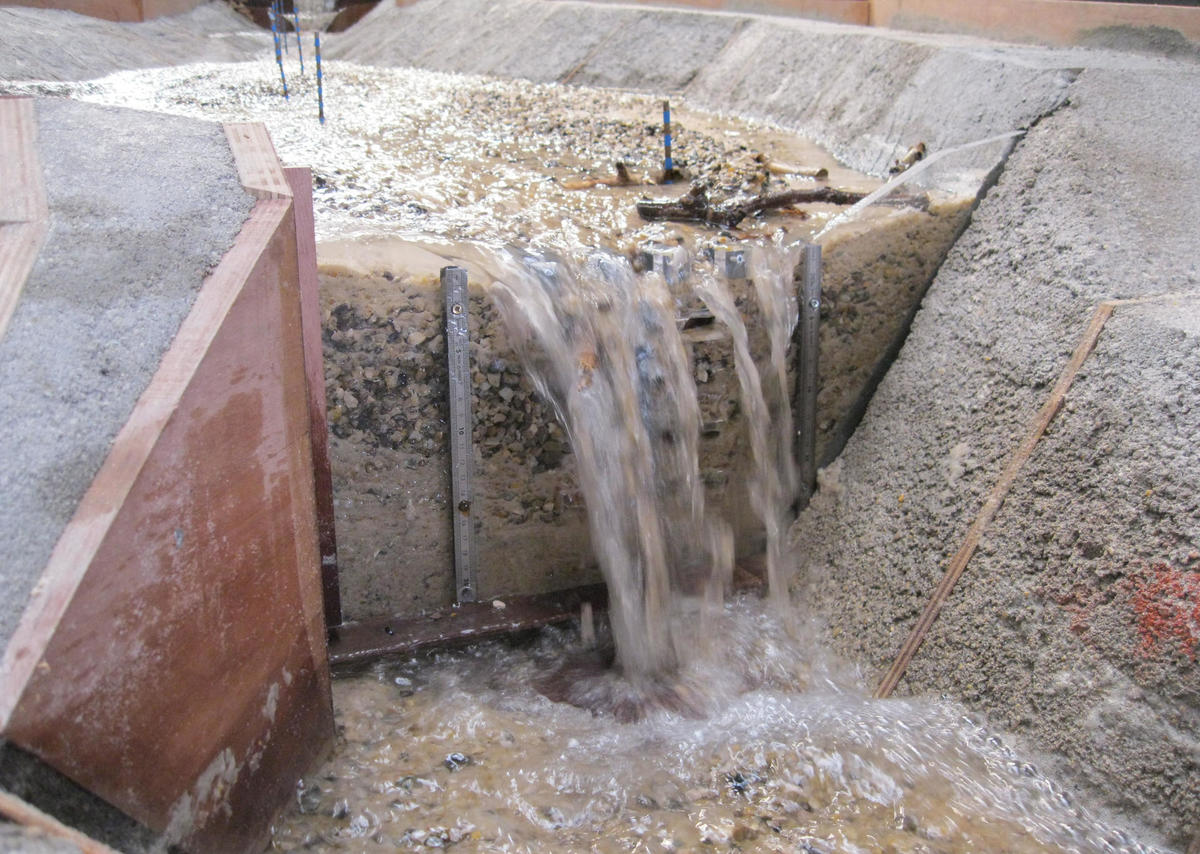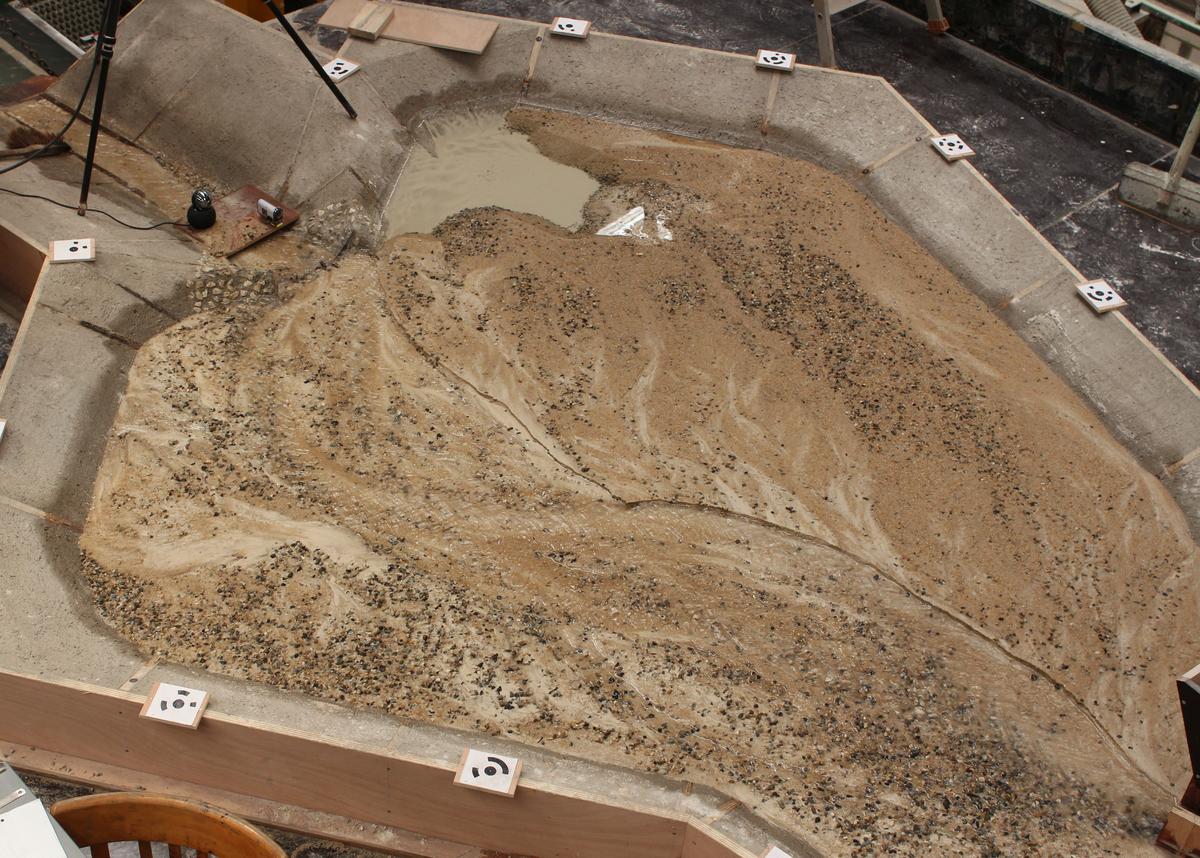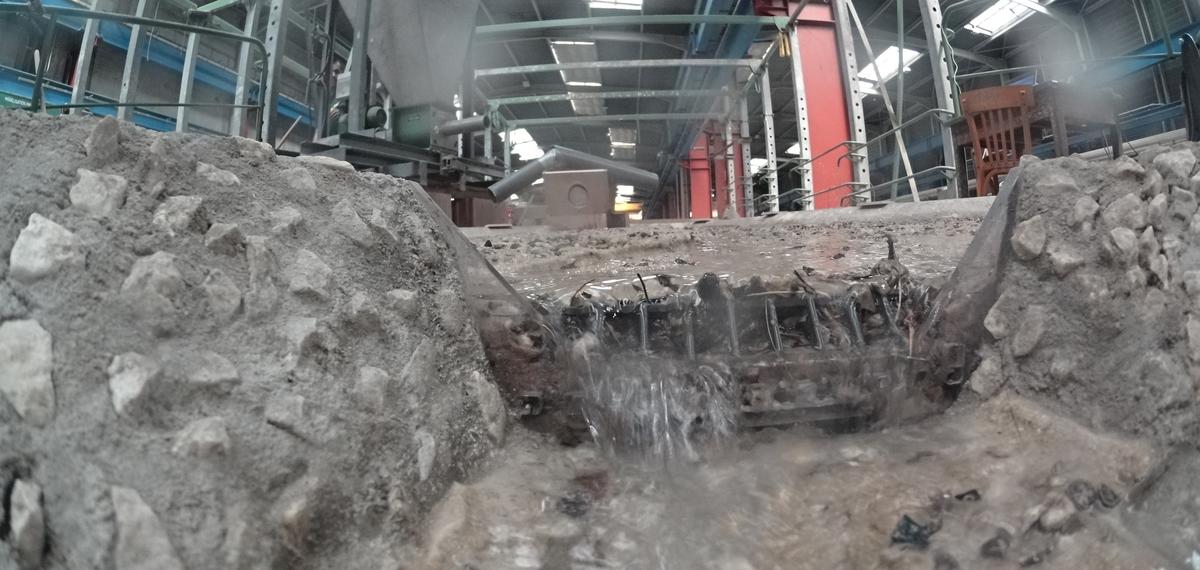
Sediment deposition areas
Sediment transport by mountain streams can be very high during violent storms. A physical model is a valuable aid in designing structures to manage these materials, and to protect inhabitants living in exposed areas at the foot of mountain ranges.
What we do
During flash-flooding due to storms in mountain areas, sediment transport in torrential flows can become very high and cause significant damage when it reaches low-lying urban zones.
As a solution, sediment deposition areas can be constructed upstream of sensitive zones on a site that is suitable for temporary storage of the transported materials. These structures are designed to allow water from torrential floods to pass through but to retain a proportion of the detritus carried by bed-load transport in the mountain watercourse (boulders, pebbles, sand, branches, vegetation).
The dimensional design of these structures is often complex and the mechanisms at play can be difficult to comprehend. The distribution of deposits in the sediment deposition areas, interactions with floating wood, control of solid and liquid flows exiting the downstream control structure, are all issues to which answers must be found.
Physical modelling is very often employed as a necessary stage in producing a reliable and accurate design of these structures, which are also subject to significant constraints while they are in operation.



